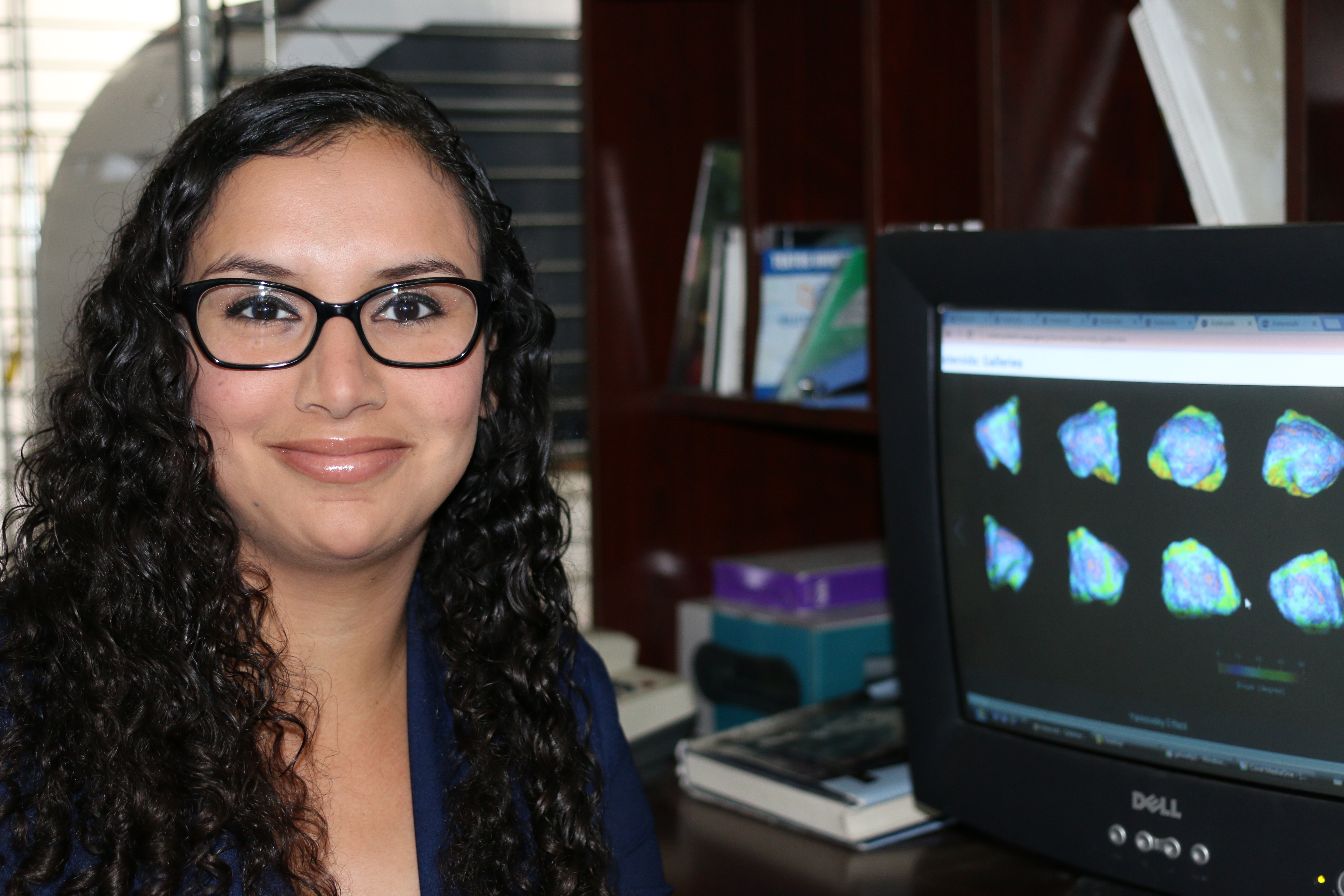 |
|
Astrophysical and Planetary Sciences Colloquium
Monday, November 03, 2025 at 3:30 pm JILA auditorium Desiree Cotto Figueroa , University of Puerto Rico – Humacao "Laboratory Measurements of Asteroid Fragmentation"  Abstract:The scales of asteroid strength, from centimeters to tens of meters or more, can in principle be connected via the well-known Weibull theory (Weibull 1951) that explains in probabilistic terms why small samples of a rock are stronger than the whole. There are fewer weak flaws to be exploited in a smaller sample. This leads to a statistical understanding of size-dependent strength that has been implemented in fragmentation and damage models for planetary materials (Melosh et al., 1992; Benz and Asphaug 1994, 1995). The Weibull analysis enabled Cotto-Figueroa et al. (2016) to extrapolate laboratory measurements of meteorite strength of a carbonaceous (Allende, CV3) and an ordinary chondrite meteorite (Tamdakht, H5) to make predictions about the estimated strengths of objects of similar material, meters to tens of meters in size, i.e. large boulders on asteroids, and major atmospheric bolides. However, the application of size-dependent strength modeling to L-chondrite meteorites is perplexing. Recent studies of the Aba Panu (L3) and Viñales (L6) meteorites (Rabbi et al. 2021, 2023; Cotto-Figueroa et al. 2020, 2023), showed that they were more homogeneous than the meteorites previously studied, exhibiting therefore higher strengths at meter-scales, especially in the case of Aba Panu. The implication from the studies of the Aba Panu and Viñales meteorites is that meter-sized L-chondrite bolides should have greater airburst strengths than other ordinary chondrites. However, the reported "L fireballs" are quite weak. We are therefore conducting additional laboratory measurements of meteorite strength of two other L6 ordinary chondrites. Our goal is to better understand the scale-dependent mechanical properties of Near-Earth Objects and their components to help developing mitigation strategies from Potentially Hazardous Asteroids and for understanding properties of materials on asteroids during human and robotic exploration.
|